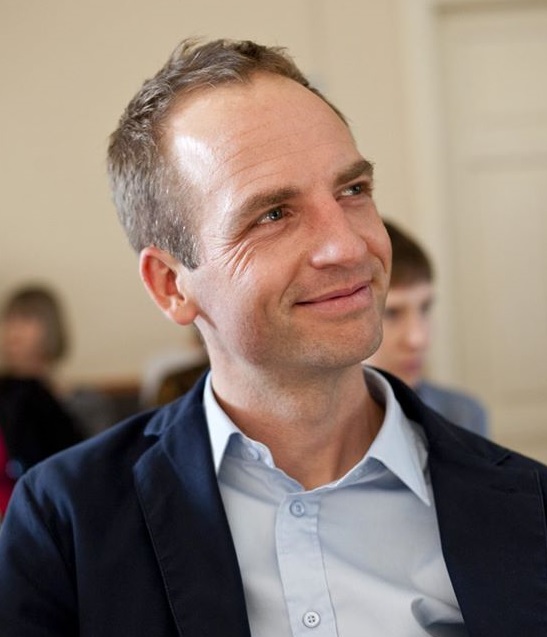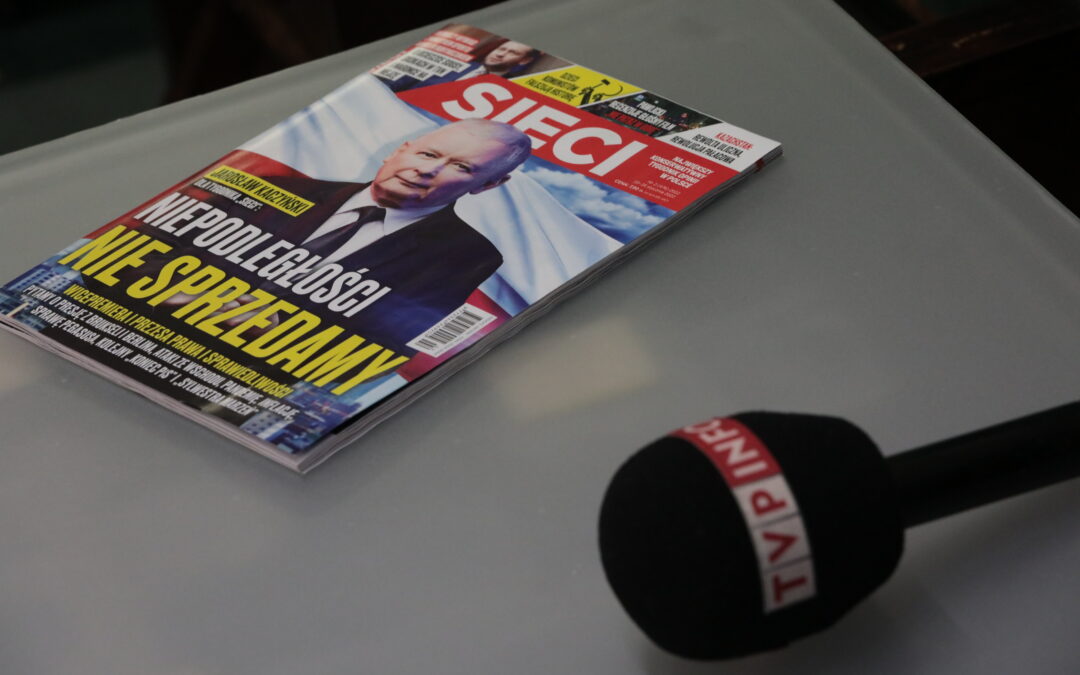State-owned companies are spending higher amounts on advertising in print and audiovisual media that support the government, according to new data. Almost half of the 128 million zloty (€27.5 million) spent in magazines last year went to government-friendly opinion weeklies.
Spending by government ministries and agencies on advertising has also increased, by 40% in 2021 compared to 2020.
The data, provided by Kantar Media, are analysed in a report by Tadeusz Kowalski, a media studies professor at the University of Warsaw, and are estimated figures based on standard tariffs and not including internet advertising, reports Wirtualne Media.
The analysis looked at the advertising spending of 122 fully or partly state-owned companies as well as 70 ministries and administration agencies in newspapers, magazines, radio and television stations, cinemas and outdoor advertising.
Newspapers benefited from the largest increases in spending on adverts in 2021, when they received 134 million zloty (€29 million), a rise of around 45% compared to 2020 and more than double the amount spent in 2016.
The biggest beneficiary was Gazeta Polska Codziennie, a daily newspaper that is strongly supportive of the government, which received 9.66 million zloty (€2 million) from state firms, almost a third (29%) of its income in 2021.
The advertising budgets from newspapers from the Polska Press stable, a media firm that owns hundreds of local newspapers and websites and was purchased by state oil giant PKN Orlen from its previous German owner, also increased – in one case by as much as 177%, reports Press, a media industry website.
ON SALE: Look at the front pages six Polish leading newspapers today, with a massive sponsored story on the Govt-controlled oil giant PKN Orlen on every single one of them.
That's what happens when the industry struggles for money & is ready to sell everything. (ht @AgaRucinska) pic.twitter.com/OXzuDYAEFK
— Jakub Krupa (@JakubKrupa) January 17, 2022
State-owned companies spent more than 128 million zloty (€27.5 million) on advertising in magazines in 2021, with almost half going to government-friendly weeklies Sieci (26 million zloty – €5.6 million), Do Rzeczy (9.72 million zloty – €2 million) and Gazeta Polska (14.84 million zloty – €3.2 million).
These three weeklies sell fewer copies combined than Polityka (95,000 copies), which takes a more critical line towards the government, and received just 31,000 zloty (€6,600) from state company advertising. Newsweek Polska (70,000 copies) and influential Catholic weekly Tygodnik Powszechny (23,000 copies) received no advertising money from state firms.
Gazeta Wyborcza, Poland’s largest non-tabloid daily, with sales of 54,000 copies and a strongly government-critical approach – “almost traditionally now”, as the report put it – also received no money from state company advertising.
State firms made up a relatively low proportion of the advertising income of television networks in 2021. The largest beneficiaries were TVP, a public broadcaster heavily influenced by the ruling party, with 315 million zloty (€68 million), followed by private network Polsat. The TVN group, which is critical of and disliked by the government, received just 39 million zloty (€8.4 million).
Overall advertising spending by state firms almost doubled between 2016, when it was 644 million zloty (€138 million), and 2021, with 1.24 billion zloty (€267 million). But the increase since 2020 was lower than the market average because there were no elections last year, according to Kowalski’s analysis.
“The lower dynamic of increase in advertising spending in 2021 resulted from the lack of important events (in 2018 there were local and European Parliament elections, in 2019 parliamentary elections and in 2020 presidential ones,” he wrote, quoted by Wirtualne Media.
The biggest spenders in 2021 were state lottery company Totalizator Sportowy, Orlen, pharmacy company Polfa Warszawa, and the bank Pekao.
Meanwhile, government ministries and central administration offices spent 40% more on advertising in 2021 (536 million zloty) than they did in 2020 (383 million zloty). The biggest spender was the chancellery of the prime minister, which spent 241 million zloty last year, a rise of more than 400% compared to 2020.
“The prime minister’s chancellery in fact became the second biggest advertiser in the public sector, behind only Totalizator Sportowy,” commented Kowalski. “Yet the objectives and nature of this expenditure are different. Totalizator is a commercial institution, while the chancellery mainly serves political propaganda.”
The report suggests that the spending of certain state companies and offices was used to build the personal brand of executives and politicians including the prime minister, justice minister and president of the National Bank.
“Huge amounts of public spending…were an instrument of manipulation serving to polarise attitudes in society, and were largely economically ineffective,” it argues.
Main image credit: Slawomir Kaminski / Agencja Wyborcza.pl

Ben Koschalka is a translator and senior editor at Notes from Poland. Originally from Britain, he has lived in Kraków since 2005.




















